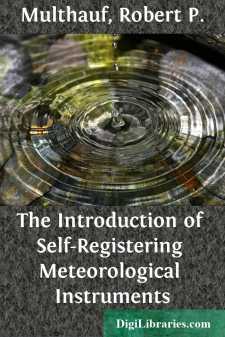Categories
- Antiques & Collectibles 13
- Architecture 36
- Art 48
- Bibles 22
- Biography & Autobiography 813
- Body, Mind & Spirit 141
- Business & Economics 28
- Children's Books 12
- Children's Fiction 9
- Computers 4
- Cooking 94
- Crafts & Hobbies 4
- Drama 346
- Education 46
- Family & Relationships 57
- Fiction 11826
- Games 19
- Gardening 17
- Health & Fitness 34
- History 1377
- House & Home 1
- Humor 147
- Juvenile Fiction 1873
- Juvenile Nonfiction 202
- Language Arts & Disciplines 88
- Law 16
- Literary Collections 686
- Literary Criticism 179
- Mathematics 13
- Medical 41
- Music 40
- Nature 179
- Non-Classifiable 1768
- Performing Arts 7
- Periodicals 1453
- Philosophy 64
- Photography 2
- Poetry 896
- Political Science 203
- Psychology 42
- Reference 154
- Religion 513
- Science 126
- Self-Help 83
- Social Science 81
- Sports & Recreation 34
- Study Aids 3
- Technology & Engineering 59
- Transportation 23
- Travel 463
- True Crime 29
Robert P. Multhauf
Robert P. Multhauf was an American historian of science and technology, known for his contributions to the history of chemistry and engineering. He served as the curator of engineering and industries at the Smithsonian Institution and later became its director of the National Museum of History and Technology. His notable works include "Neptune’s Gift: A History of Common Salt" and "The Origins of Chemistry." Multhauf's research focused on the intersection of science, industry, and society, exploring how scientific advancements influenced technological progress.
Author's Books:
Sort by:
Coins are a source of information much used by historians. Elaborately detailed mining landscapes on 16th-century German coins in the National Museum, discovered by the curator of numismatics and brought to the author’s attention, led to this study of early mine-pumping devices. The Author: Robert P. Multhauf is curator of Science and Technology, Museum of History and Technology, in the Smithsonian...
more...
The development of self-registering meteorological instruments began very shortly after that of scientific meteorological observation itself. Yet it was not until the 1860's, two centuries after the beginning of scientific observation, that the self-registering instrument became a factor in meteorology. This time delay is attributable less to deficiencies in the techniques of instrument-making...
more...



